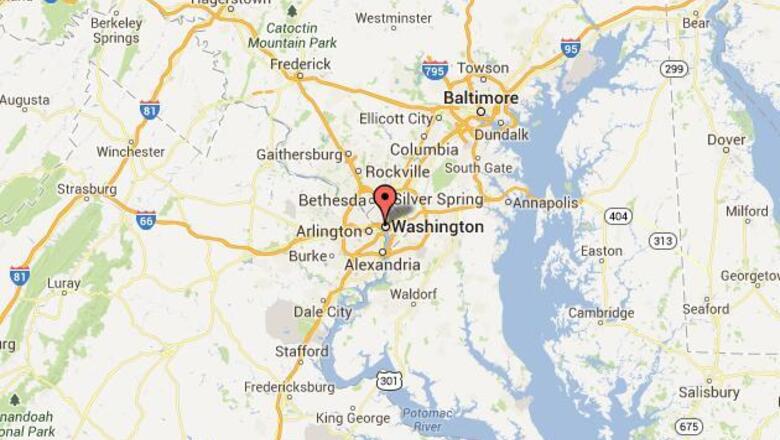
views
A change in the frequency of earthquakes may foretell explosive volcanic eruptions in the form of a 'scream', a new study suggests. It is not unusual for swarms of small earthquakes to precede a volcanic eruption, researchers said.
They can reach a point of such rapid succession that they create a signal called harmonic tremor that resembles sound made by various types of musical instruments, though at frequencies much lower than humans can hear.
A new analysis of an eruption sequence at Alaska's Redoubt Volcano in March 2009 shows that the harmonic tremor glided to substantially higher frequencies and then stopped abruptly just before six of the eruptions, five of them coming in succession.
"The frequency of this tremor is unusually high for a volcano, and it's not easily explained by many of the accepted theories," said Alicia Hotovec-Ellis, a University of Washington doctoral student in Earth and space sciences. Documenting the activity gives clues to a volcano's pressurisation right before an explosion.
That could help refine models and allow scientists to better understand what happens during eruptive cycles in volcanoes like Redoubt, she said. The source of the earthquakes and harmonic tremor isn't known precisely.
Some volcanoes emit sound when magma resonates as it pushes up through thin cracks in the Earth's crust. But Hotovec-Ellis believes in this case the earthquakes and harmonic tremor happen as magma is forced through a narrow conduit under great pressure into the heart of the mountain.
The thick magma sticks to the rock surface inside the conduit until the pressure is enough to move it higher, where it sticks until the pressure moves it again. Each of these sudden movements results in a small earthquake, ranging in magnitude from about 0.5 to 1.5, she said.
As the pressure builds, the quakes get smaller and happen in such rapid succession that they blend into a continuous harmonic tremor. "Because there's less time between each earthquake, there's not enough time to build up enough pressure for a bigger one. After the frequency glides up to a ridiculously high frequency, it pauses and then it explodes," Hotovec-Ellis said.


















Comments
0 comment